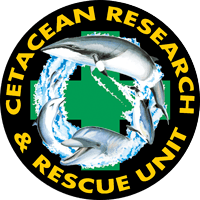A new study shows how tiny traces of DNA from seawater can provide crucial information about the relationship between marine mammals and key prey species to support their conservation.
A team from the University of Leeds, University of Milano-Bicocca and the CRRU used traces of DNA left behind by animals in the seawater (environmental DNA/eDNA) to follow the seasonal movements of minke whales, bottlenose dolphins and harbour porpoises, along with their prey species, in the newly created Southern Trench Marine Protected Area off the coast of northeast Scotland.
This is one of the first times this approach has been successfully used to examine patterns between whales, dolphins and their prey, and shows the potential of the technique to help guide and monitor marine monitoring conservation efforts.
